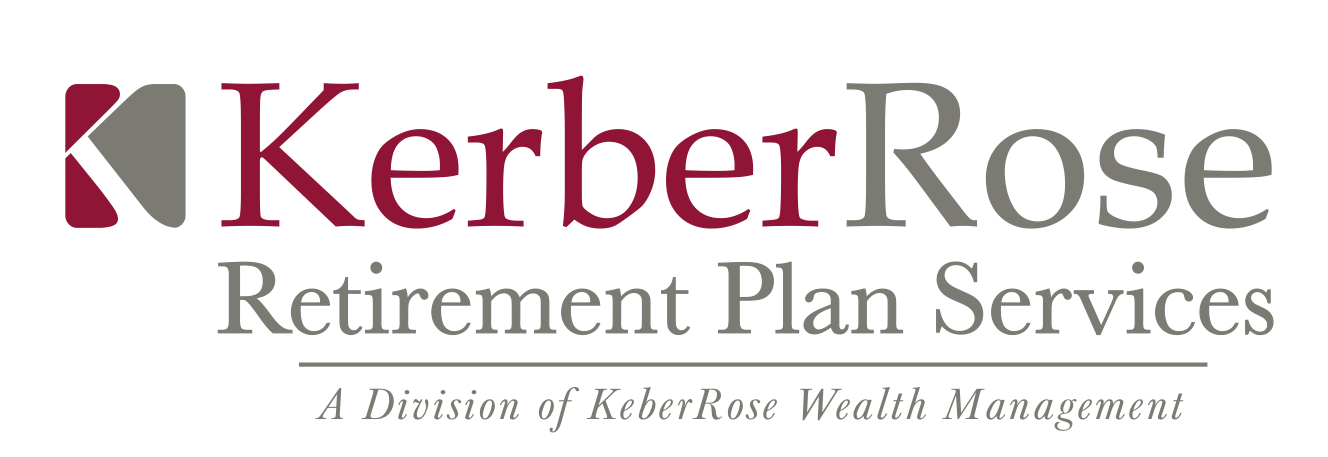IRS Publishes Proposed Regulations on SECURE 2.0 Catch-Up Contribution Rules
On January 13, 2025, the IRS published proposed regulations on two SECURE Act 2.0 changes to 401(k) catch-up contribution rules: 1) increasing the catch-up contribution limit for taxpayers aged 60, 61, 62, or 63 and 2) requiring Roth treatment of catch-up contributions made by taxpayers who, for the preceding calendar year, receive more than $145,000 in wages from the employer sponsoring the plan.
Background
Under the Internal Revenue Code, a participant who is age 50 or older during the taxable year may make “catch-up” salary deferral contributions (up to $7,500 for 2025) to a 401(k) plan over and above the IRC §402(g) limit (i.e., $23,500 for 2025). Therefore, the total limit on salary deferrals for age-50 plus participants is $31,000.
SECURE 2.0 made two significant changes to these rules:
For taxpayers aged 60, 61, 62, or 63 during a taxable year, the catch-up contribution limit is increased by the greater of $10,000 or 50 percent more than the regular catch-up amount, indexed for inflation after 2025. Thus, for 2025, this “super catch-up” amount is $11,250, for a total limit on salary deferral contributions by these participants of $34,750. This provision became effective in 2025.
Any contributions made by participants whose FICA wages for the preceding calendar year from the employer sponsoring the plan exceeded $145,000 must be made on a Roth basis – that is, taxed at regular income tax rates when contributed, with no taxation on distribution. While initially set to take effect for 2024 and later years, the IRS, in Notice 2023-62, delayed its applicability to 2026.
Proposed regulations
The IRS’s proposal addresses certain issues concerning these two changes.
Age 60-63 Super catch-up and universal availability requirement: The 401(k) and Tax Code nondiscrimination rules generally provide that a plan that offers catch-up contributions must offer them to all catch-up eligible participants in the same dollar amount (the “universal availability” requirement). The proposal would provide an exception to this rule for the increased catch-up amount available to participants aged 60-63.
“Rothification” of contributions by participants with more than $145,000 in prior-tax-year wages
Plans may “deem” catch-up contributions to be Roth contributions where required: The proposal would amend the regulations to permit a plan to provide that participants subject to the Roth catch-up requirement are deemed to have irrevocably designated any catch-up contributions as designated Roth contributions where necessary to comply with the new rule. Availability of this treatment would be conditioned on the participant having “an effective opportunity … to make a new election that is different than the deemed election.”
No FICA wages for prior year, no Roth treatment, no pro-ration: The proposal would clarify that a participant who did not have FICA wages in the previous taxable year (for example, a partner who had only self-employment income) would not be subject to the Roth catch-up requirement and that the $145,000 threshold need not be pro-rated for a participant who only worked for part of the prior year (e.g., a new hire).
Roth catch-up contributions and the universal availability requirement:
Under the “universal availability” requirement (noted above), if Roth catch-up contributions are allowed for participants above the $145,000 threshold, then the plan is required to “allow all other catch-up eligible participants (e.g., those below the $145,000 threshold) to also make catch-up contributions as designated Roth contributions for the plan year.”
A plan is not required to include a qualified Roth contribution program. Under these plans, an otherwise catch-up contribution eligible participant whose previous tax year FICA wages exceeded $145,000 could not make catch-up contributions. Participants whose previous tax year FICA wages did not exceed $145,000, however, could be allowed to make catch-up contributions, without violating the “universal availability” rule.
More generally, under the proposal, a plan would not violate the universal availability requirement merely because it permits each catch-up eligible participant to make elective deferrals up to the maximum dollar amount permitted under applicable law.
Flexibility as to timing of Roth catch-up contributions: While, generally, determining whether a contribution is a catch-up contribution (and thus, for participants over the $145,000 threshold, would have to be made on a Roth basis) would be made at the time the contribution is made (e.g., after the participant has made the “regular” 402(g) maximum contributions), the proposal would allow flexibility as to timing, (e.g., allowing a catch-up eligible participant to make “elective deferrals as designated Roth contributions during the … year equal to the applicable dollar catch-up limit.)”
Narrow interpretation of “wages from employer sponsoring the plan” for purposes of the $145,000 threshold: The proposal takes a narrow approach to determining the wages considered in applying the $145,000 threshold: Only FICA wages paid by the employer sponsoring the plan are considered. Wages paid by, for example, other employers in a controlled group, e.g., where the participant has transferred from one subsidiary to another, are not considered. And, where more than one employer sponsors the plan – either as part of a controlled group or in a multiple employer or multiemployer plan – the $145,000 threshold is determined without aggregating those wages with the FICA wages from those other employers. This is not the usual way that limits are applied under Tax Code qualified plan rules and may provide an opportunity for creative application of this rule.
Correcting mistakes: The proposal provides several alternative approaches to “correcting” contributions that went into the plan on a pre-tax basis in violation of the catch-up Rothification rule.
These changes to the catch-up contribution rules would generally be applicable with respect to contributions in taxable years beginning more than six months after the date that final regulations are issued. A public hearing has been scheduled for April 7, 2025. Comments are due 60 days after the proposal is published in the Federal Register.
Sources:
https://www.govinfo.gov/content/pkg/FR-2025-01-13/pdf/2025-00350.pdf

